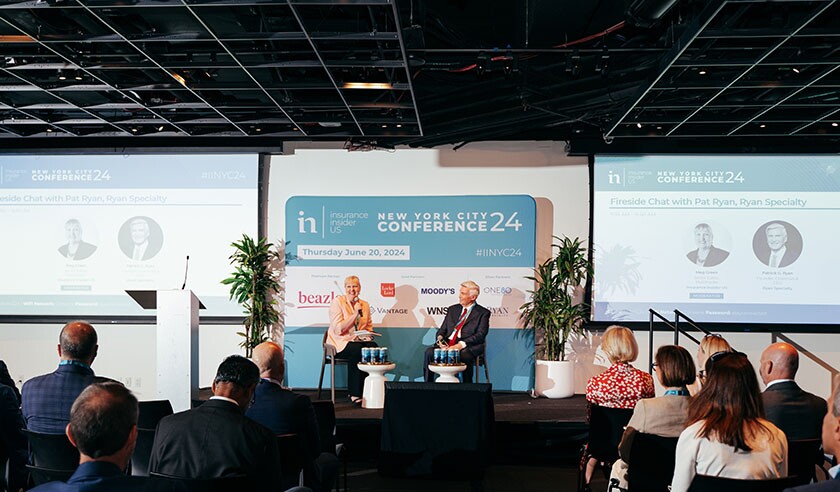
Executives at the Insurance Insider US New York City Conference 2024 discussed a wide range of topics including E&S, litigation trends, MGAs and consolidation.
Ryan

Executives at the Insurance Insider US New York City Conference 2024 discussed a wide range of topics including E&S, litigation trends, MGAs and consolidation.
Ryan